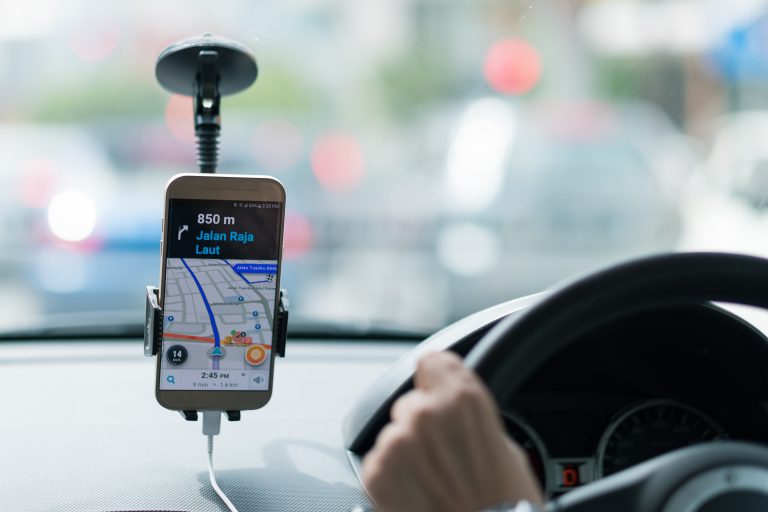
Uber BV and others v Aslam and others
The Supreme Court has confirmed that Uber drivers are ‘workers’ for the purpose of rights under the Employment Rights Act 1996 (“ERA”), the Working Time Regulations 1998 (“WTR”) and the National Minimum Wage Act 1998 (“NMWA”).
Uber BV and others v Aslam and others
The Court stressed that the question of whether there is ‘worker’ status is one of statutory interpretation – not contractual interpretation. The purpose of the applicable legislation is to give protection to vulnerable individuals who are in a subordinate and dependent position with an individual or company, who exerts control over their work. Accordingly, they said it was incorrect for the starting point to be to be the written agreement – the terms of which would often be dictated to the potential ‘worker’.
In this case, the Court considered that whilst the Claimant drivers had a substantial measure of autonomy and independence, there were five key factors that displayed the level of control Uber exerted over their work:-
- Uber set the rate of pay;
- Uber imposed the contractual terms;
- Whilst logged onto Uber’s app, Uber constrained the Claimants’ ability to decide when to work;
- Uber decided how the service was to be provided; and
- Uber restricted drivers’ ability to communicate with passengers.
The Court also confirmed that the Claimants’ ‘working time’, for the purposes of the WTR, included all of the time they were in the territory in which they were authorised to work, logged onto the app, and ready and willing to accept work – not just when they were actually driving passengers. The Court confirmed that for the purposes of the NMWA, the Claimants were doing ‘unmeasured work’, and were therefore entitled to receive the national minimum wage for the entire duration of their working time.
It should be noted that the Court said the determination of ‘working time’ was a matter of fact and degree i.e. each case would turn on its specific facts. The Court noted that the Claimants were able to be logged onto an app, provided by a competitor of Uber operating a similar service, at the same time they were logged onto the Uber app. However, it seems that it was important in this case, that there was no evidence of any other app-based PHV transportation service operating in London; and no evidence that Claimants logged onto the Uber app were, as a matter of practical reality, also able to hold themselves out as at the disposal of other PHV operators when waiting for a trip. Essentially, in practice, they were not able to undertake competing work whilst working for Uber.
This is a landmark decision which brings some much-needed clarity to the nuanced question of ‘worker’ status, arguably widening its scope. It is a welcome expansion of the Courts’ increasingly purposive approach to assessing employment status – and a shot across the bow for gig economy companies who seek to limit workers’ rights by technical and unrealistic contractual paperwork.
To keep up to date with the latest news, case studies and updates to our services please sign up to our monthly newsletter.










